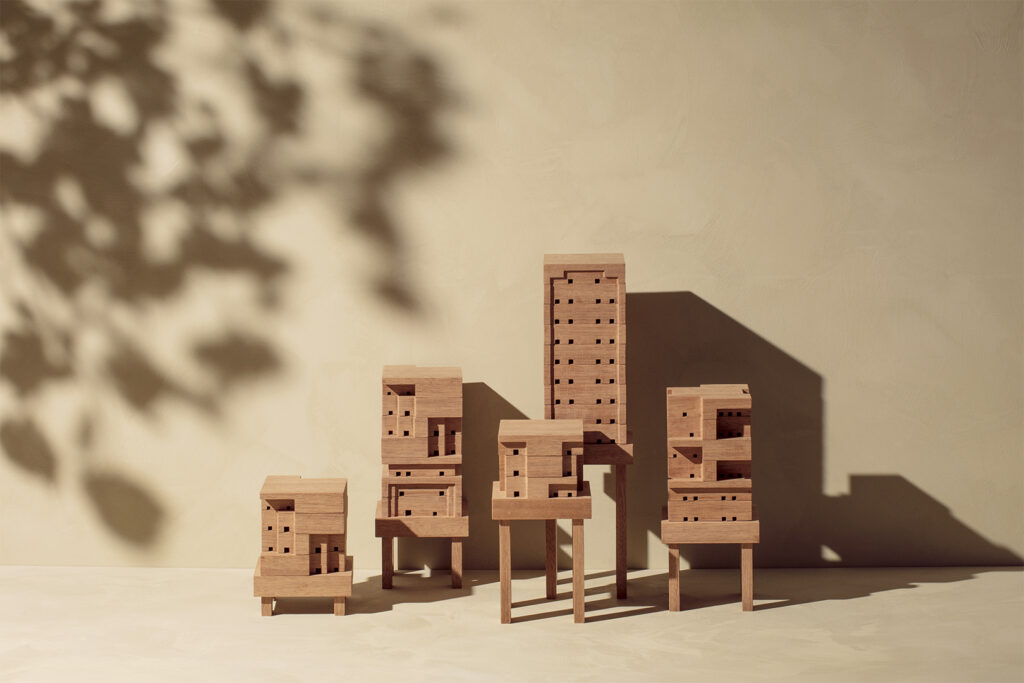One of the biggest insect stories of 2020 has been the invasion of the United States by the Asian Giant Hornet, i.e. THE MURDER HORNET(!). A proper villain of nature, the Asian Giant Hornet arrived just in time to receive the collective animosity of a nation reeling from COVID-19, a far more caustic—though less-tangible—biological antagonist. The insect has been questionably-nicknamed for one of the most heinous human acts and has become an easy target for many major news corporations. Many journalists and scientists represented at the Smithsonian and the Seattle Times were quick to downplay the hornet’s sensationalized blood-thirst pointing out that hornet is “is unlikely to murder you”. Regardless, its ominous and violent associations will no doubt be what it’s known for.
While the “murder hornet” story was likely deployed to spice up an otherwise mind-numbingly grim news-cycle, the panic that the “giant” 2-inch hornet has incited speaks to a wider culture of fear and uncertainty around insects. Assigning insects as pests to fear and exterminate becomes complicated when one considers that insect populations are disappearing at a stunning rate in regions across the world due to loss of habitat and unchecked industrial agriculture, as decades-long studies have revealed.
It is the sharp decline of insects, and pollinators in particular, that have lead an array of international designers to find ways to bolster and support the crippled ecosystems that support insect life.
In addressing insect species that are so often misunderstood and feared, designers are not only seeking solutions to mitigate biodiversity loss, but also to reimagine the lowly reputations of these species that are foundational to our ecosystem.

“I am not afraid of them stinging anymore.” Says industrial designer Tanita Klein who has grown more familiar with bees through her recent project, Bee Home—a constructed habitat for solitary bees. Bee Home is not only an easily constructed and ecologically sourced habitat, but more than that, the design is parter of a larger social-ecological system. In collaborating with studios SPACE10 and Bakken & Bæck, the open-source project is expanded into a social-ecological network that connects advocates, designers, and bee “hosts” around the world. “Once you look at solitary bees, or other insects more closely and you learn about them, you learn to identify with them on a certain level.” Says Klein. Projects like the Bee Home confront not only the mechanics of how insects can protected but go further in distributing knowledge and encouraging exposure to threatened species.
Building networks of people who want to bridge the gap between humanity and the ecosystem is not only necessary to spread awareness but also to better understand how design can best suit different species.
“It’s an adventurous way of design, for which you need to dive deep into a world that’s partly unknown.” Says Matilde Boelhouwer, designer of Insectology: Food For Buzz a feeding system for urban pollinators. The system features artificial flowers, which store food for bees, hoverflies, butterflies, moths and other pollinators in areas where there may be a dearth of flowers or food. While Boelhouwer collaborated with scientists to design the best possible system, there are still many unknowns when one works with the famously mysterious world of insects.

Legacy Project commissioned by American Harwood Export Council in collaboration with Benchmark.
“Making for insects is very exciting as you are entering a world of fascination, I feel like a guest in a whole other universe” says experimental designer Marlène Huissoud. Coming from a family of beekeepers, Huissoud has spent her career creating projects that redefine how we might think about bees and other insects. “Bees are being overexploited for all the wrong reasons, instead of working with them and for them we are making sure not one of them survives.” Says Huissoud who’s experimental work, including a chair for insects, imagines an utterly different coexistence with bees and other insects.
It is through the works of these pioneers in ecological design for insects, that we can come to understand that for us humans, there could scarcely be a world without them. In light of mass extinction, barring insects and other species from the projects of humanity is hardly an option if we hope to hold on to the dwindling biodiversity we have left.
In designing for insects, designers can both aid in the construction of a more ecological human environment, as well as facilitate cultures of greater understanding towards the 10 Quintillion insects with whom we share the planet.
